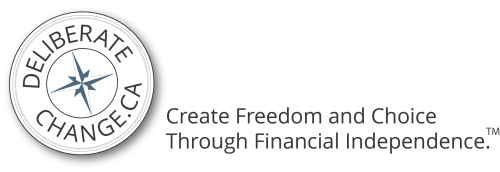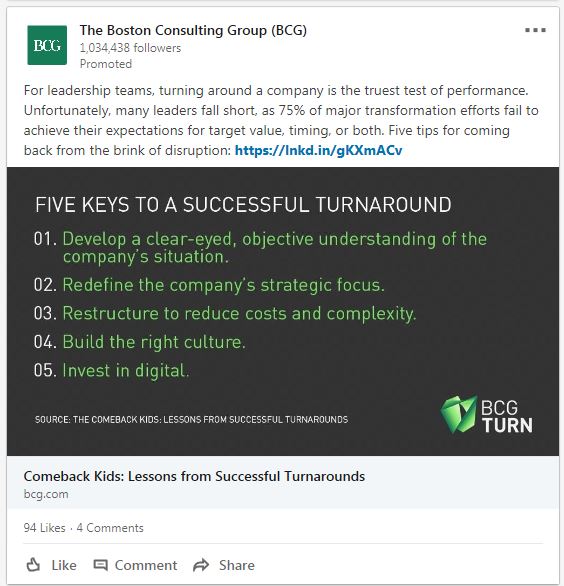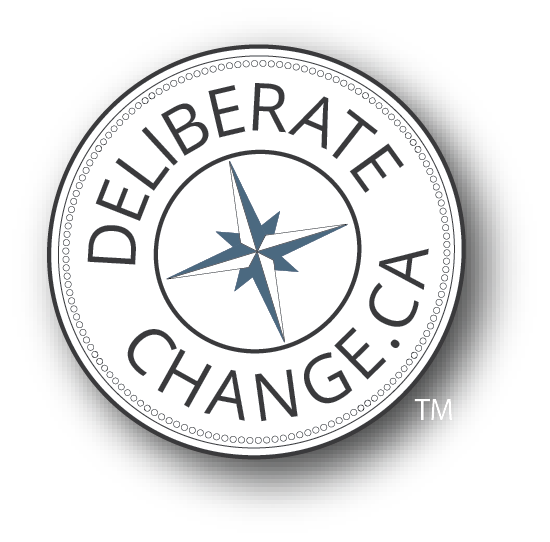 Some of you know that between my full-time job, my young family, and writing the occasional blog article, I started spending my “free time” this year as a volunteer running a local non-profit corporation known as Forest Edge Community Club. We own and operate the Forest Edge Community Pool, which is a fantastic outdoor swimming pool here in London, Ontario.
Some of you know that between my full-time job, my young family, and writing the occasional blog article, I started spending my “free time” this year as a volunteer running a local non-profit corporation known as Forest Edge Community Club. We own and operate the Forest Edge Community Pool, which is a fantastic outdoor swimming pool here in London, Ontario.
Over the last few years we’ve struggled with declining membership and the ensuing domino effect of a smaller volunteer base and a deteriorating financial position. When I offered to help earlier this year and was voted in as President of the Board of Directors, the pool’s 2018 season was in jeopardy. It was common knowledge that something needed to be done, and fast, otherwise there might not be a pool this year.
What on earth had I gotten myself into?
Thankfully I have a great team to work with, and I’m happy to say that 2018 has been a fantastic turnaround season so far! Membership is way up, we have fresh new volunteers, and our financial position is strong.
So what does this have to do with DeliberateChange.ca?
Well, if you haven’t guessed yet, this week’s article takes us on a little detour from personal growth and finances to corporate growth and finances.
You see, I had a really interesting post hit my LinkedIn feed earlier this month from the Boston Consulting Group, a major international consulting firm. It summarizes the 5 keys to a successful turnaround:
So let’s dissect their advice in the context of the so-far successful Forest Edge Community Pool turnaround. Keep reading (or skimming??) for some great transferable tips on implementing positive change in your organization, whether you lead it or support the people who do.

Develop a clear-eyed, objective understanding of the company’s situation.
As I mentioned, the entire community knew that the pool was in trouble. You could see fewer and fewer people swimming, the board of directors was shrinking and suffering from burnout, and our financial statements were trending downhill.
In our particular case, this first key point was relatively easy and obvious. In other cases, though, you might not know what the real problem is. Perhaps you think you have a revenue problem, but really it’s a supplier cost problem. Or perhaps you think you have a product that’s too expensive, but it’s really your customer service and attitude that are driving clients away.
Regardless, you’ve all heard that the first step to solving a problem is acknowledging the existence of the problem. Of course, that goes along with being able to quantify the problem and its likely causes. Doing so might require simple but effective analytical techniques such as fishbone diagrams, 5-Whys, Root Cause Analysis, etc., that I won’t get into here, but you can look up if you’re interested. Because, like I said, in our case the problem was pretty obvious.

Redefine the company’s strategic focus.
Soon after getting involved, I gave some thought to our problems and struggles, and then grouped them into the three pillars I started off with above: membership, volunteerism, and finances. I came up with the rather simple strategy of focusing on those three things specifically.
This didn’t involve any deep number crunching. Or running a complext SWOT analysis. I didn’t even hit up a bunch of management books. I simply observed what the problems were and wrote them down, then connected them in sequence: Increase membership first. Increased membership will lead to a larger volunteer base and reduced individual workload. It will also lead hopefully to increased membership fees overall, as well as increased opportunities and connections for external fundraising and sponsorships.
I also broke down each pillar into very specific actions that we could take. For example, to increase membership we reduced prices and brought in new membership options and packages; we stepped up our advertising; and we emphasized an energetic and optimistic tone throughout.

This may sound simple and obvious, but simple and obvious is often far more effective than complicated and confusing.
If you have 10 priorities, you really have none.
So we picked three. And in the early days of the 2018, we focused exclusively on just one of the three. When we started to make progress on membership, we shifted to the other two.
When you are deciding on your strategic focus, remember the word focus. Don’t try to multitask or take on too many things, lest you risk failing at all of them.
Also, notice how the core strategy flows naturally from recognizing and understanding the situation? By understanding your situation and its causes, you can effectively shift your approach to tackle the most pressing or fundamental issues.

Restructure to reduce costs and complexity.
The dreaded “R” word can wreak havoc throughout an organization. Sometimes it means layoffs. Other times it means realigning teams and groups, shuffling managers and bosses around, and moving employees to new job functions. Change can be scary.
But when done right, it is very important.
Seek out and implement key changes that will help advance and support your strategic focus. In our case, we recognized two key areas to reduce costs and complexity: Staffing and Events.
Staffing
Even though we are volunteer-run, we do have several lifeguards paid from the Canada Summer Jobs grant. (A HUGE thank-you to the Government of Canada for their support!)
This grant has very specific requirements regarding what they will and will not cover. As a result, we must be very diligent in our scheduling practices to avoid incurring costs not covered by the grant.
So this year we changed our scheduling practices to keep everybody’s hours very closely aligned with the approved grant funding. Though it’s easy to say, it is very tricky to actually pull off. It’s a giant optimization problem with many, many moving parts. But again, with a great team and dedicated focus, we are on track to meeting our targets here.

Events
As a community organization, we run several free and low-cost public events. Because we knew our strategic focus, we decided to reduce the number and frequency of events we ran. This allowed us to focus on the pool itself and the core events that go along with it. In other words, we kept the high-impact events such as Emergency Services Night and cut the low-impact events.

Build the right culture.
A shift in culture flowed from our need to increase membership, and particularly to emphasize positive messaging and community engagement. It starts from the top, but in this case I will define the “top” as anybody speaking or acting on behalf of the organization. So yes, my optimistic nature was an advantage. But it was also important that our social media volunteer echoed that. And our lifeguards. And the board members. We worked hard to drive this culture of positive, can-do attitude throughout the organization and the members, at every touch point and with every communication.
But how did we pick the culture we wanted to instill? In our case, it was pretty easy: We are an outdoor community swimming pool. You go there to have fun, relax, get some exercise and hang out with others in the community. So it was pretty easy to see where the culture needed to go.

It’s likely that your organization needs to emphasize a different type of culture than ours. Maybe thoroughness and attention to detail is of prime importance. Or perhaps individual or team competitiveness. Or perhaps you want to focus on always reading and learning about the next advancements in your industry. Take some time to understand the previous key points, because they will provide plenty of guidance on this one.

Invest in digital.
This last point may surprise some people, but we have seen the benefits clearly. As recently as last year, our registration and payment system was almost entirely paper-based. But with my wife’s website skills, she was able to quickly set us up with a fully online system over the course of a weekend. We now have a silky smooth and fast transaction reconciliation process, all of the board members get the data they need instantly instead of having to photocopy or scan/email documents around, and members can pay from the comfort of their living room.
Sure it’s slick and neat, but for the business side it saves a pile of headaches and reduces the workload on the volunteers substantially. Remember that point about needing more volunteers? Well, our online system effectively reduced that demand, so that our volunteers can focus their efforts on other important aspects of the pool.
As a disadvantage, we are incurring new costs. Credit card fees and online payment systems are not free, but they are still reasonable and well worth the expense.
But your organization doesn’t necessarily need an online payment and registration system. Perhaps it makes more sense to have a simple information database where everyone on the team can collaborate seamlessly. Or perhaps you need to integrate better with digital advertising and online presence in general? Look at where your strategy needs you to go and don’t be afraid to take some bold steps getting there digitally.

In Conclusion
Whether you’re the CEO or president or any other person in your organization, and whether or not it’s a corporation or a charity or just a group of volunteers, there are always many things we can do to improve.
I’m super-excited about how things have been going so far with our turnaround at Forest Edge Community Pool. And I hope that our experience and learnings can make a positive impact in your organization, too!
 Your Turn Now!
Your Turn Now!
Do you see a coming freight train that you’re hoping to avoid? Or has it already hit your organization and you’re struggling to get up and shake off the dust? Share your stories below!


 Your Turn Now!
Your Turn Now!







[…] detour from personal growth and finances to corporate growth and finances when I wrote about the 5 keys to a successful turnaround. What I have realized, though, is that those same principles also apply to our personal lives. This […]